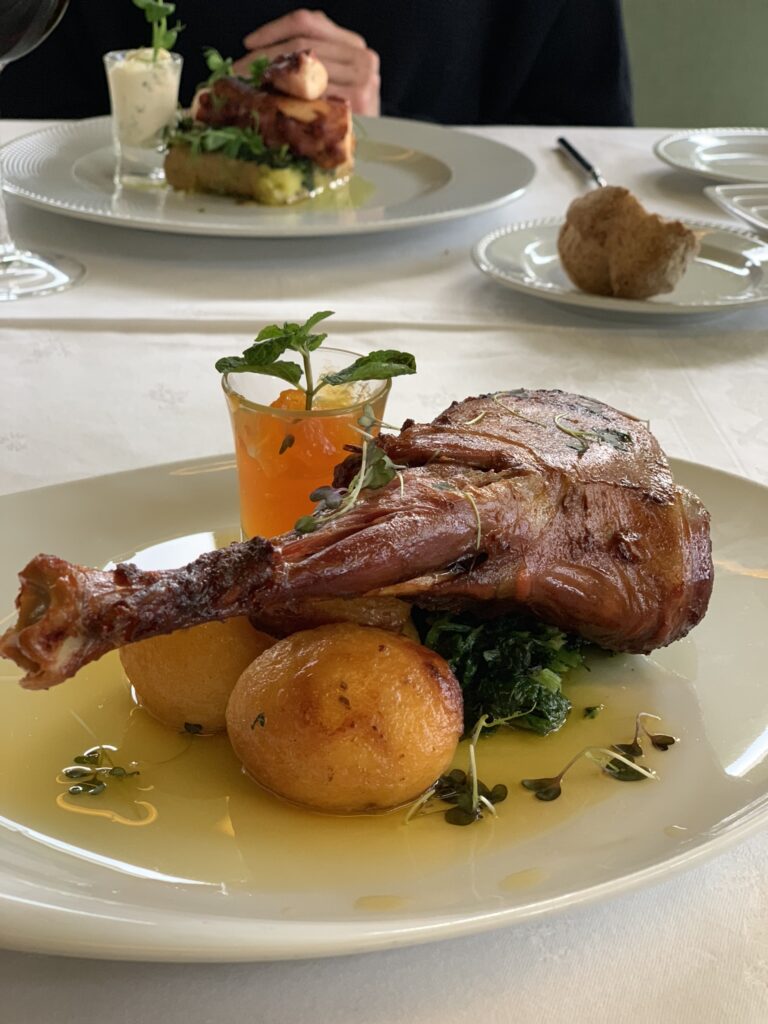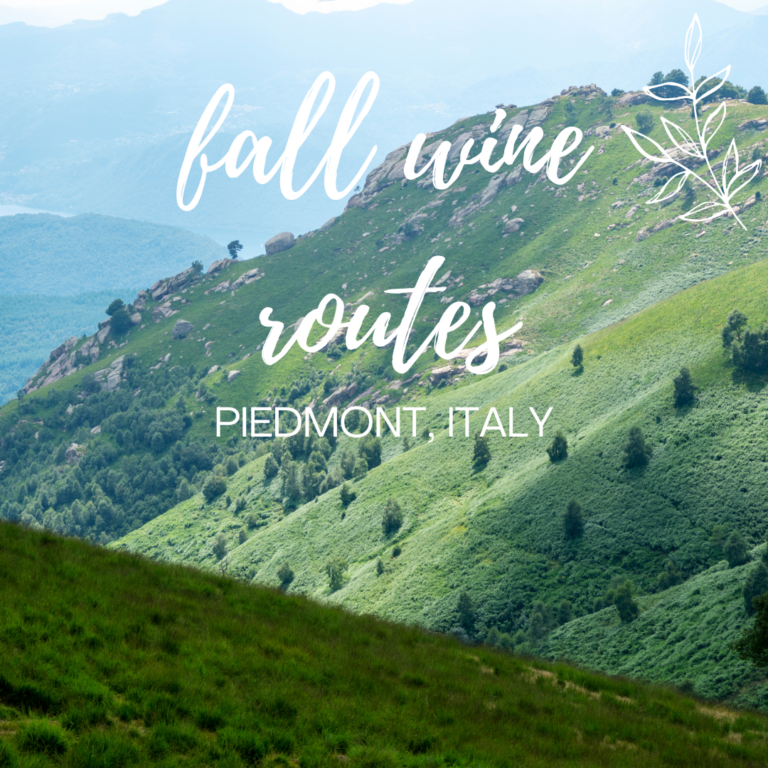Foods of the Mediterranean: Croatia
The rich and varied history of Croatia have given rise to a unique culinary landscape. Coastal regions benefit from abundant fish and seafood, and have similarities with other Mediterranean cuisines, influenced by generations of cultural exchange with Italy and Greece. Inland regions reflect shared cultural roots with Slavic cuisine, and the influences of nearby Turkey and Hungary. Centuries of political change have united with deep local traditions to give each region of modern Croatia a distinctive culinary character, making it a supremely unique destination for food-lovers excited to experience new flavors.
If you are beginning your Croatian food adventure, these are some of our favorite dishes:
Crni rižot: This seafood risotto dish gets its distinctive black color from the use of squid ink. Squid ink not only turns the rice a deep blue-black, but adds a rich, meaty seafood flavor. Using cuttlefish fresh from the Adriatic, home cooks and chefs all along the coast have their own spin on this Croatian classic. It’s a must-try for seafood lovers, and worth sampling local variations in different cities in Dalmatia.
Fuži: At first glance, the tube shapes of fuži may resemble penne, but this hand-made pasta is local to the Istrian region of Croatia, where they serve it with generous shavings of the local white truffles and a sprinkle of parmesan. This seemingly simple dish celebrates the rich, earthiness of the truffles, and is best paired with a local wine.
Krafna: These fluffy Croatian doughnuts are round, sprinkled with sugar, and filled with jam, cream, or custard. They are particularly part of winter traditions, served for good luck at New Year, and integral to Carnival season and Easter celebrations. However, there’s no reason not to enjoy these airy treats all year long, and find out which filling you like best!
Local foods not to be missed
Paški sir: The Croatian island of Pag is famous for their sheep cheese, known as Paški sir. This cheese is made from the milk of a local breed of small sheep, celebrated for the unique flavor of their milk, which comes from grazing on local herbs bathed in salty ocean winds. It is a hard, aged cheese with a distinctive salty tang, produced in small quantities, and has become a valuable export. Interestingly, since Croatia forbids the production of animal rennet, this cheese is suitable for vegetarians.
Kulen: Kulen is a smoked sausage enjoyed throughout Croatia, but originating in the Slavonian region. Kulen is made with minced pork and heavily seasoned with paprika and garlic, giving it a distinctive red color and spiced flavor. Traditionally, it can take up to a year to properly smoke and air-dry kulen. This focus on small-scale, family farm production, traditional recipes, high-quality ingredients, and unrushed production have given kulen a protected status within the EU, and make it a requirement at festivals, holidays, and celebrations in Croatia.
Kamenica: Oysters have been farmed in the Dalmatian region since the time of the ancient Romans. Kamenica means “oyster”, and there is no better place in Europe to have them than in the village of Ston. Here, locals still farm the European Oyster, nearly extinct elsewhere, and the Adriatic is so clean that they can be eaten fresh off the boat. Every March, during peak oyster season, the village holds a festival of oysters, where oysters are served in every conceivable way, and enjoyed along with Dalmatian wine and traditional music.
In recent years, Croatia has become a destination for food-lovers, as more people discover the unique flavors and traditions of the country and its history. For those who appreciate food made with care, respect for tradition, and fresh, local ingredients, Croatia offers a range of delights for the palate. In every region, every time of year, Croatian cuisine is a celebration of life itself.
Be sure to check out our top culinary experiences in Croatia and other Mediterranean destinations right here!
{{cta(‘0f6d2046-b10b-4386-8f62-91a5d30d0233’)}}




